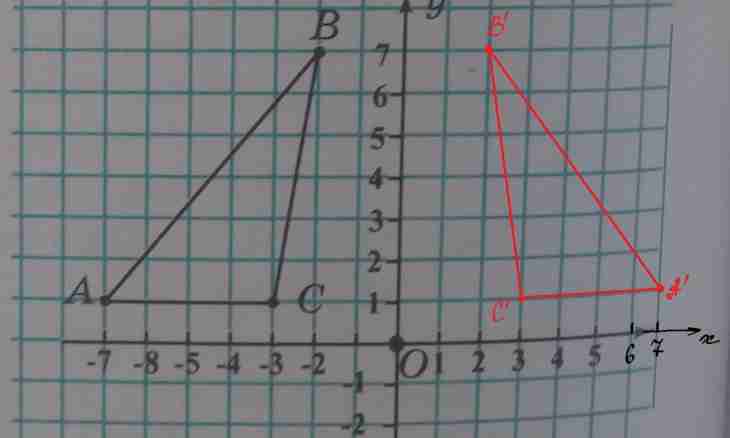By drawing up the equation of a tangent to a function graph the concept "contact point abscissa" is used. This size can initially be set in statements of the problem or it needs to be defined independently.
Instruction
1. Draw on the squared paper sheet of an axis of coordinates x and at. Study the set equation for a function graph. If it is linear, then it is enough to learn two values for parameter at at any x then to construct the found points on an axis of coordinates and to connect them a straight line. If the schedule nonlinear, then make the table of dependence at from x and pick up at least five points for creation of the schedule.
2. Construct a function graph and put the set tangent end to an axis of coordinates. If it coincides with function, then its coordinate x is equated to the letter "and" which it is designatedpoint abscissacontact .
3. Define value of an abscissa of a point of contact for a case when the set point of a tangent does not coincide with a function graph. We set the third parameter the letter "and".
4. Write down the equation of the f(a) function. For this purpose in the initial equation instead of x substitute and. Find a derivative of the f (x) and f(a) function. Substitute necessary data in the general equation of a tangent which has an appearance: y = f(a) + f' (a) (x – a). As a result to receive the equation which consists of three unknown parameters.
5. Substitute in it instead of x and at the coordinate of the set point through which there passes the tangent. After that find a solution of the received equation for all and. If it is square, then there will be two values of an abscissa of a point of contact. It means that the tangent passes two times near a function graph.
6. Draw the schedule of the set function and a parallel straight line which are set on a statement of the problem. In this case it is also necessary to set unknown parameter and and to substitute it in the equation of f(a). Equate derivative f(a) to a derivative of the equation of a parallel straight line. This action comes out a condition of parallelism of two functions. Find roots of the received equation which will be contact point abscissae.

